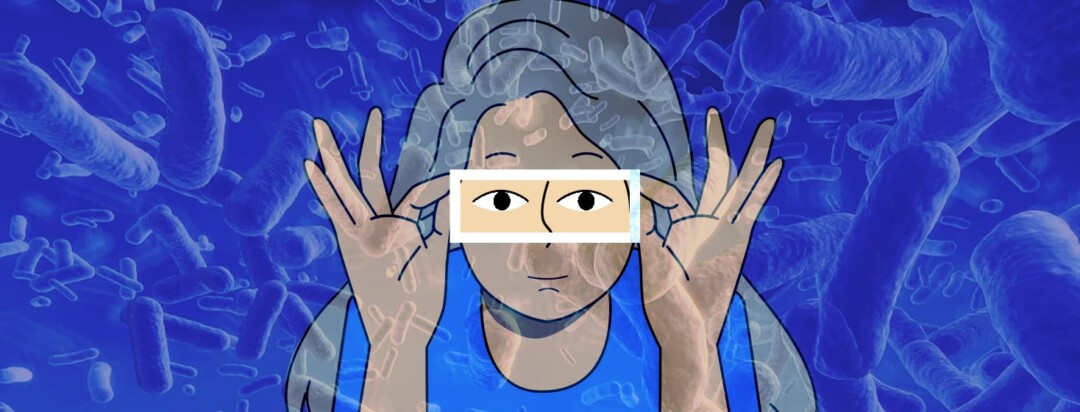My Routine to Prevent Eye Infection
When I was diagnosed with dry macular degeneration and in the years since, I was never concerned about eye injections or infection. After all, there was previously no treatment for dry macular degeneration.
That all changed in 2023. Two injectable medications, both a type of drug called complement inhibitors, were approved by the FDA to treat the advanced form of dry macular degeneration, geographic atrophy (GA).1
I was diagnosed with GA in July 2023. At that time, only Syfovre had received FDA approval. My doctor was reluctant to start me on it because of the potential for side effects including infection of the eye, or endophthalmitis.2
My first injection treatment for geographic atrophy
In December I began treatment for GA with Izervay, the second drug to receive FDA approval. The whole process went better than I expected.
After the injection, I was told to avoid getting water in my eyes for a couple of days. I was given single-use vials of eye drops to use that day. Antibiotic ointment was put in my eye followed by an eyepatch. The tech gave me an information sheet which included how to spot signs of infection and instructions to call right away if I experienced any signs of infection.
Different instructions for my second injection
I got mixed signals with my second injection. I asked about how long I should avoid water in my eye. The tech told me it was fine to get water in the eye. She went on to say, "We are putting water in your eye right now to rinse out the Betadine." I know the difference between the sterile water they were using and ordinary tap water. The tech insisted there was no problem with tap water when I once again raised concern. I left that visit frustrated but determined to take the necessary steps to prevent infection.
Developing a routine to help prevent eye infection
Once home, I read every article I could find about preventing infection after an injection. I learned that preventing infection begins before the injection. The only antiseptic to prevent eye infections used at my clinic is Povidone or Betadine.
The following steps outline my routine following my eye injections:
- Antibiotic ointment with a patch applied at the clinic. I wear it for 2 hours or until I arrive home.
- Avoid rubbing my eye to prevent causing an abrasion while my eye is numb.
- Use single-use artificial tears for 3 days following the injection.
- Avoid getting water in my eyes for 3 days.
- Avoid all makeup and other skin care products for 3 days.
- Stay out of the garden for 3 days to keep harmful bacteria out of my eyes.
- Avoid dusty areas and mowing the lawn for 3 days.
Ask your doctor about developing your own routine
These are my steps to help prevent eye infection. For me to be comfortable with eye injections, I want to take extra care to avoid anything that may cause an eye infection.
I am not recommending that everyone follow my routine; you may be given an instruction sheet after your first injection. You should ask your doctor if you have any questions or concerns.
Do you have a routine that helps you prevent eye infection after injection treatments? Share with us in a comment below.

Join the conversation